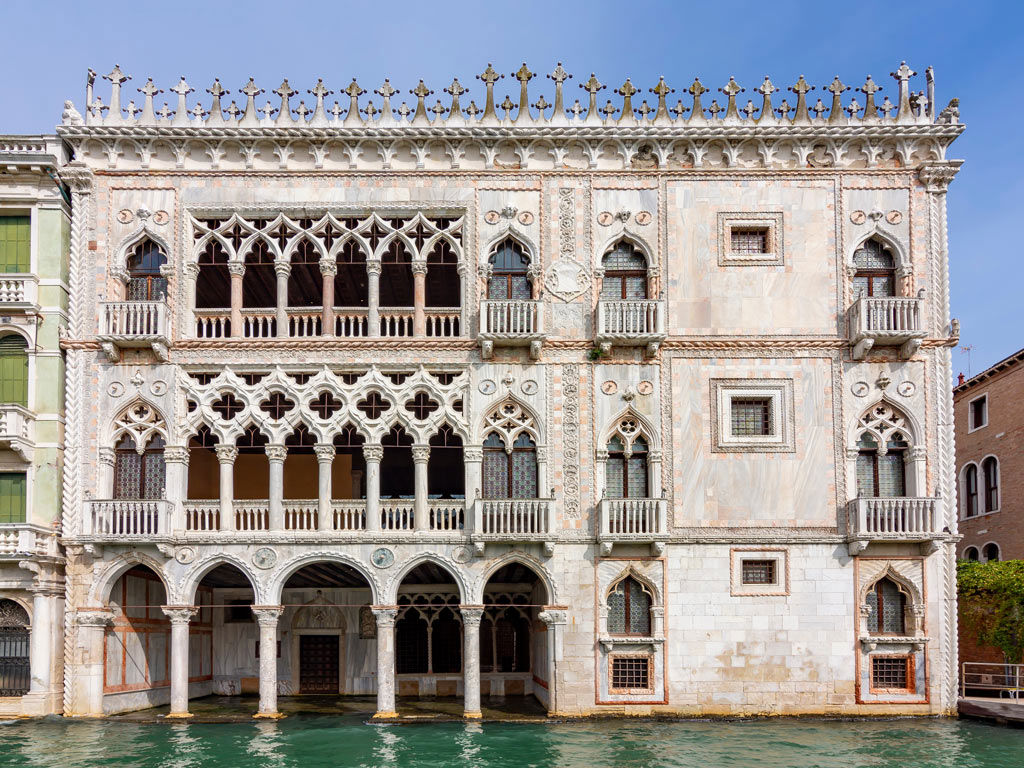
Our reception is waiting for you to help you to organize your day discovering the city and the surrounding area. At the front desk you can book tours of the islands, of the Doge’s Palace, of St. Mark’s Church and excursions on foot or by boat through the city, unforgettable gondola tours and trips to Verona or Cortina organized by “Venice Events”.
At the reception you can also buy tickets for classical music concerts and opera at the Scuola Grande di San Salvador, in the Church San Vidal, at Palazzo Barbarigo Minotto and in the Scuola Grande dei Carmini in Venice.
Walking is the best way to live and discover Venice and its beautiful corners, smell new perfumes and admire its colours. Taste the typical traditional dishes in the so called “bacari”, small and traditional restaurants where you can eat the famous “cicchetti”, a kind of appetizers made of meat or fish, and drink a nice glass of wine (“ombra di vino” in Venetian dialect).
Venice is not only city but also lagoon. Take one day to visit Murano and see how glass blowers make glass and create their unmatched masterpieces, or to admire the small and colorful Burano island. You will surely go back home with special gifts for your dear ones. Tell us what you would like to see and we will help you to organize the perfect itinerary for you.

The Fenice Theatre, situated in the area of San Marco, in Campo San Fantin, is the main opera house in Venice. It was inaugurated in 1792 and since that time it has been seat of important opera and symphonic seasons.

Finished in 1772, Palazzo Grassi overlooks the Grand Canal and is one of the most famous buildings in Venice. It houses a permanent and interesting exhibition of works of art set up by the renowned architect Tadao Ando.

St. Marck’s Church is the main church in Venice. It is a masterpiece of Gothic architecture with Romanic and Byzantine elements and was consecrated in 828.

This museum is set up in the Fontego dei Turchi and is an ancient building belonged to the Pesaro family who had it built in the first half of the 13th century. Today the Fontego is one of the most famous civil buildings of Venice and one of the most characteristic palaces overlooking the Grand Canal. It is also an important point of reference for scientists and natural science lovers in Italy.

This is the greatest spiral staircase in Venice. At the end of the 15th century, five centuries after the construction of the palace, the owner Pietro Contarini had a “bizarre and graceful” spiral staircase built whose name comes from the Venetian word “bovolo” meaning “snail”.

The secret itineraries of the Doge’s Palace are complete guided tours of some of the rooms where important activities related to the administration of the state and justice of the Serenissima (the Republic of Venice) took place. It is an interesting tour of the chambers where the civil and politic story of the ancient Republic of Venice was written.

This splendid building, now seat of the International Gallery of Modern Art, was built in the second half of the 17th century by the will of the noble and very rich Pesaro family. The project was entrusted to the greatest Baroque architect of Venice, Baldassarre Longhena, who created a civil masterpiece of Venetian baroque architecture.

The Torre dei Mori is one of the most picturesque buildings in Venice. Like a triumphal arch it dominates the entrance to the commercial way of the city, the ancient Merceria. The tower and its big astronomic clock, masterpiece of technique and engineering, is a symbol of Venice and for exactly 500 years it has been marking the time, the life and the story of this city.

The Ca’ D’Oro is a famous building in Venice situated in the area of Cannaregio. It overlooks the Grand Canal and owes its name to the golden decorations visible on the façade in ancient times. This decoration was part of a very complex polychrome pattern which has been completely lost over the centuries. The building is considered as one of the greatest examples of late Gothic Venetian architecture. Since 1927 it has been seat of the Galleria Franchetti.

The Venice casino in the Palace Ca’ Vendrain Calergi is one of the most elegant buildings overlooking the Grand Canal. Now it is a famous international entertainment centre where players gamble and play classical games. It was built in 1638 as a splendid example of noble Renaissance residence of the doge and, years later, it became the last place where composer Richard Wagner lived.

The Accademia Art Galleries house the most important collection of Venetian paintings of the world. The architectural complex, now seat of the museum, is made up of three historical buildings: the Church Santa Maria della Carità, its convent - whose construction dating back to the 16th century is a work of the genius of Palladio – and the rooms of the Scuola Grande (seat of a brotherhood) which bears the same name.